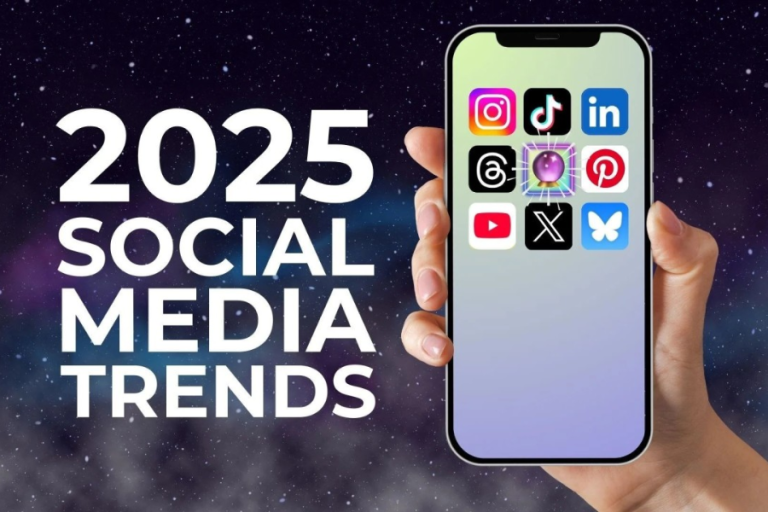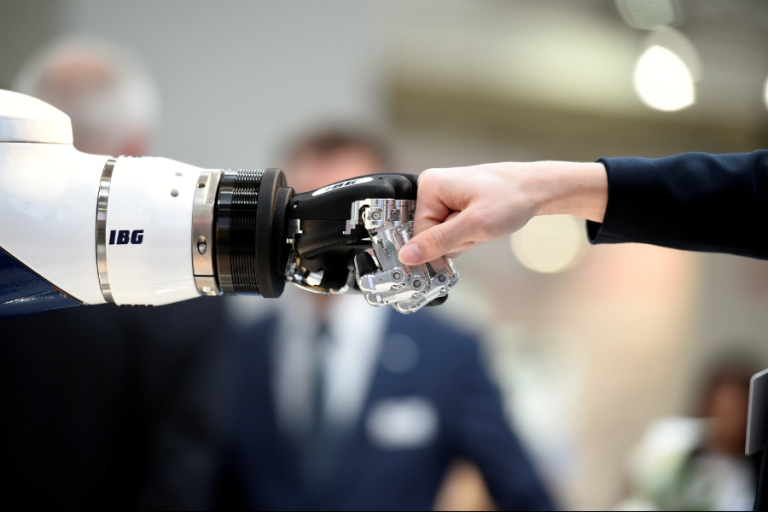Is Threads Replacing Twitter? A Deep Dive into the Hype
In a fast-evolving digital world, the platforms that dominate today may not be the leaders tomorrow. Twitter, once hailed as the town square of the internet, has faced turbulent times in recent years. From controversial ownership changes to ongoing policy shifts and algorithm confusion, user dissatisfaction has grown. At the same time, Meta’s new platform, Threads, has arrived with bold ambitions to take over the text-first social conversation space.
But is Threads really replacing Twitter, or is it just another passing app? The Techno Tricks explores this social media shake-up, the reasons behind the Threads buzz, and what it means for users, creators, and brands alike.
The Birth of Threads
Threads is Meta’s answer to text-based communication in the post-Twitter era. Launched as an extension of Instagram, Threads allows users to share short posts, reply to others, follow creators, and engage in public discussions. Unlike Instagram’s focus on visuals, Threads emphasizes words, much like Twitter.
Its release came at a time when Twitter was undergoing a controversial transition, with changes in leadership, a rebranding to X, and widespread user complaints about restricted features, subscription models, and content moderation inconsistencies. Meta capitalized on this unrest, positioning Threads as a friendlier, cleaner, and more structured alternative.
What Makes Threads Stand Out
Several factors have contributed to the rapid adoption and attention Threads has received in its early stages.
1. Instagram Integration
Threads users sign in using their Instagram credentials. This frictionless sign-up process allows users to bring their entire social graph with them, eliminating the loneliness often associated with new platforms. As a result, early growth was explosive.
2. Cleaner User Experience
Threads launched with a minimalist design, free from ads, promoted posts, and trending hashtags. For many users, this felt like a refreshing return to meaningful conversations over curated chaos.
3. Meta’s Infrastructure
Being a product of Meta gives Threads a technical advantage. With robust servers, vast content moderation teams, and deep integration with Facebook and Instagram, Threads was able to handle millions of users from day one without major glitches.
4. A Timely Launch
Perhaps the biggest factor in Threads’ growth was its timing. It entered the scene during a moment of widespread dissatisfaction with Twitter. Users, including major celebrities, journalists, and influencers, were already looking for alternatives.
Is Threads Really a Twitter Replacement
Despite the hype, declaring Threads as a direct Twitter replacement is a stretch—at least for now. The platforms may look similar on the surface, but their goals, user behavior, and feature sets differ.
1. Content Culture and Audience
Twitter has always attracted journalists, activists, public intellectuals, and real-time news consumers. Threads, on the other hand, leans heavily on Instagram’s audience—more lifestyle, brand-driven, and personal. The tone on Threads is lighter and less political, at least in its current form.
2. Feature Gaps
As of 2025, Twitter (or X) still offers several tools Threads lacks, including trending topics, hashtag indexing, advanced analytics, and third-party integrations. Threads is evolving, but it does not yet provide the same real-time pulse or open API access that developers and power users rely on.
3. Algorithm and Discoverability
Twitter allows users to follow both chronological and algorithmic feeds. Threads began with a mostly algorithm-driven experience, surfacing posts from non-followed users to promote engagement. This has led to criticism from those who prefer curated timelines.
4. Freedom of Expression and Censorship
Some users have raised concerns about Threads’ moderation policies. Given Meta’s strict content guidelines, there is less room for controversial or sensitive discourse, which is a core part of Twitter’s appeal for certain groups.
Threads for Brands and Creators
Where Threads shines is in its early adoption by brands and creators looking for a fresh start. Many businesses that struggled with Twitter’s unpredictable policies are now establishing their presence on Threads.
Key advantages for brands include:
- Pre-built audiences from Instagram
- Clean brand-safe environment
- Early mover advantage for organic reach
- High engagement due to low content saturation
Creators also find it easier to stand out. With fewer distractions and simpler content formats, Threads gives more room for thoughts, ideas, and behind-the-scenes conversations.
User Behavior on Threads vs Twitter
The psychology of engagement on Threads is also different. While Twitter has long rewarded outrage, controversy, and instant reactions, Threads promotes a more thoughtful pace. Users on Threads often post longer thoughts, less frequently, and in a less combative tone.
Over time, these differences could shape two entirely distinct cultures. Twitter may continue to dominate fast news and public discourse, while Threads becomes a space for softer, brand-driven conversation and casual sharing.
Can Both Platforms Coexist
Rather than seeing Threads as a direct competitor aiming to replace Twitter, it may be more accurate to view it as a parallel platform targeting a different need. Much like how Instagram and TikTok both focus on short-form video but offer different experiences, Threads and Twitter can coexist by serving unique roles.
Some users are already maintaining a presence on both, using Twitter for news and commentary and Threads for community and engagement. Brands are experimenting with dual strategies, tailoring tone and content format to fit each platform’s culture.
Challenges Ahead for Threads
Despite its strong start, Threads is not without its obstacles. Sustained growth depends on several factors:
- User retention after the early buzz fades
- Innovation beyond Instagram integration
- Competitive feature development
- Clear identity distinct from Twitter
- Navigating free speech and content moderation debates
As more users sign up, Threads will need to address algorithm fatigue, content discovery issues, and potential saturation. If Meta introduces ads too aggressively, it may lose the clean experience that initially drew users in.
The Techno Tricks Verdict
So, is Threads replacing Twitter? Not exactly. But it is disrupting the social media hierarchy and giving users a new way to engage with short-form text content. In 2025, Threads is carving out its own space—part Instagram extension, part community platform, part Twitter alternative.
For users and creators, this is an opportunity. Threads offers a new frontier, especially for those disillusioned with other platforms. For brands, early adoption can provide a competitive edge in audience building and brand loyalty.
The real winner will not be the platform that imitates the other best, but the one that evolves in response to what users truly want. For now, the digital conversation is expanding, and Threads is certainly worth watching.






